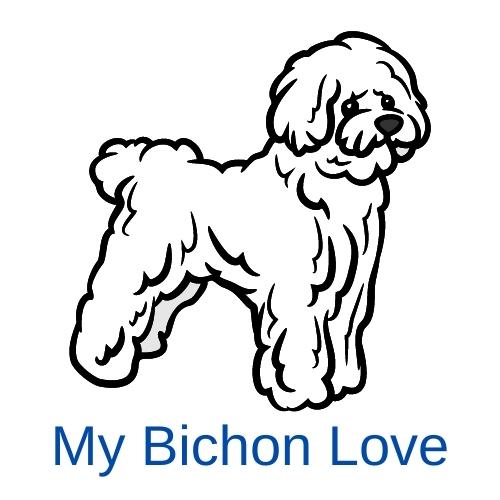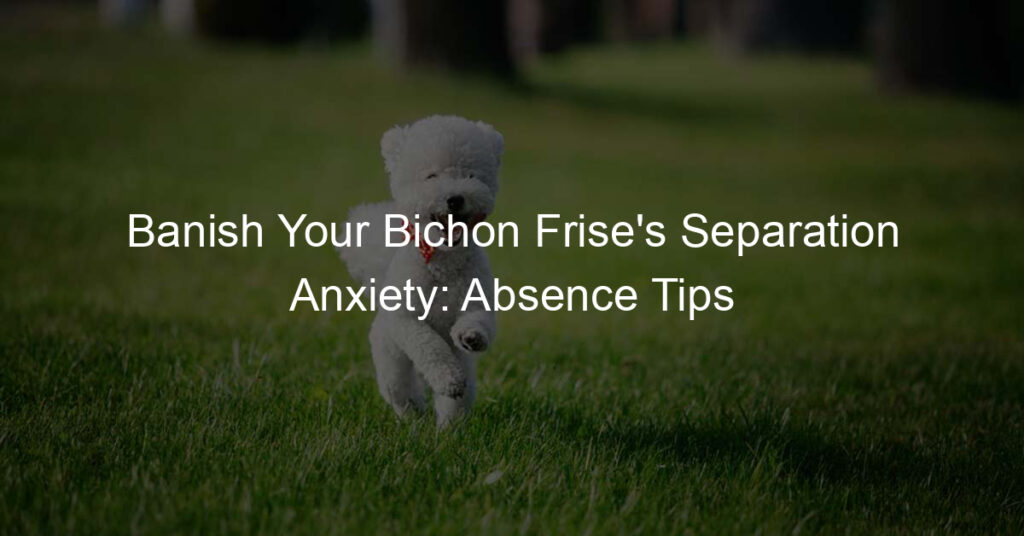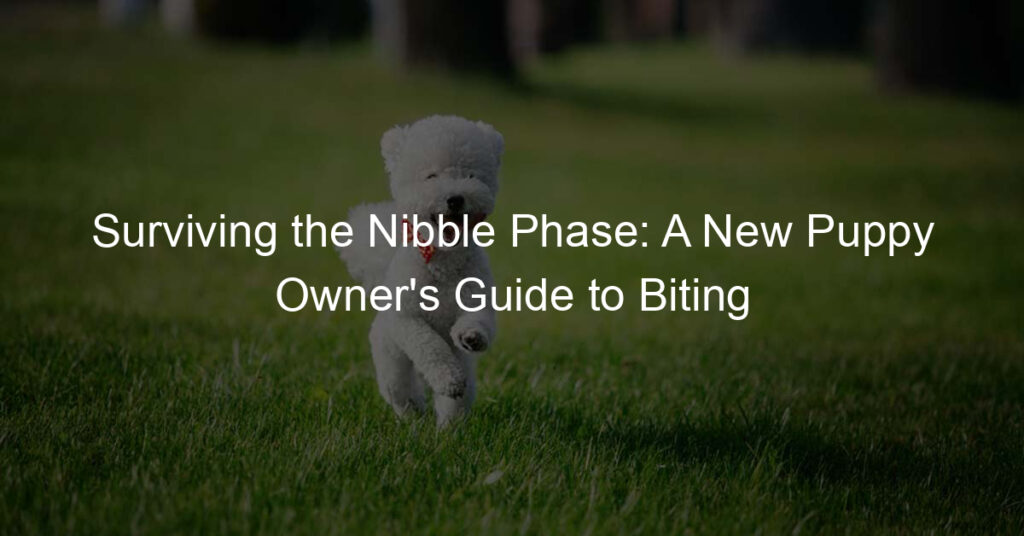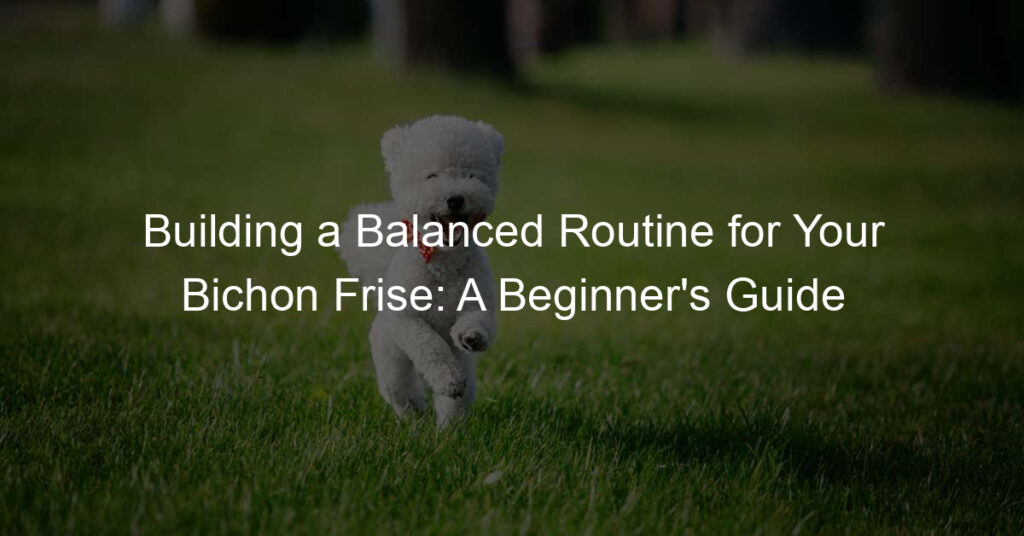
Introduction to Bichon Frise Crate Training
Training your Bichon Frise can be a rewarding experience for both you and your pet. One of the most effective methods of training is crate training. In this section, we will explore the importance of crate training and the benefits it can bring to your Bichon Frise.
- Understanding the Importance of Crate Training
- Benefits of Crate Training for Your Bichon Frise
Crate training is a method of house training your pet that involves providing them with a crate or cage as a place of safety and comfort. This method is not about confining your pet, but rather about creating a space where they feel secure and at ease. It’s a crucial part of training that helps in establishing routine and discipline.
Crates can also be beneficial when you need to leave your pet at home alone, during travel, or when visiting the vet. They provide a familiar and safe environment for your pet, reducing anxiety and stress.
There are numerous benefits to crate training your Bichon Frise. Firstly, it aids in house training as dogs naturally avoid soiling their sleeping areas. This can help speed up the potty training process and prevent accidents in the house.
Secondly, it provides a safe and comfortable space for your Bichon Frise. Dogs, like their wolf ancestors, are den animals and often feel more secure in small, enclosed spaces. A crate can serve as your dog’s ‘den’, a place where they can retreat to when they need some quiet time.
Lastly, crate training can help reduce separation anxiety, a common issue among Bichon Frises. By associating the crate with positive experiences, your dog will feel more comfortable and less anxious when left alone.
In the following sections, we will delve deeper into the process of crate training, providing tips and techniques to make the process easier for you and your Bichon Frise.
Crate Training Tips for Your Bichon Frise
One of the most important steps in crate training your Bichon Frise is choosing the right crate. This decision can significantly impact your dog’s comfort and willingness to use the crate. Here are some factors to consider when buying a crate and some recommended options for your Bichon Frise.
Choosing the Right Crate
When it comes to selecting a crate for your Bichon Frise, there are several factors to consider. These factors will ensure that your pet feels secure, comfortable, and happy in their new space.
- Factors to consider when buying a crate
- Recommended crates for Bichon Frise
The size of the crate is crucial. It should be large enough for your Bichon Frise to stand, turn around, and lie down comfortably. However, it should not be so large that they can use one end as a bathroom and the other as a sleeping area. Material is another important factor. Crates can be made of wire, plastic, or fabric. Wire crates are durable and provide good ventilation, while plastic crates can be cozier and more private. Fabric crates are lightweight and portable, but not as durable.
For Bichon Frise, a 24-inch wire crate is often a good choice. This size provides enough space for them to move around comfortably. Some recommended options include the MidWest Homes for Pets Dog Crate and the AmazonBasics Single-Door Folding Metal Dog Crate. Both of these options are durable, secure, and provide excellent ventilation.
Remember, the right crate for your Bichon Frise will depend on their individual needs and preferences. It’s always a good idea to observe your pet’s behavior and comfort level in the crate to ensure it’s the right fit.
Creating a Comfortable Environment
Creating a comfortable environment for your Bichon Frise is crucial to successful crate training. Here are some tips on how to make the crate inviting and the items to include in the crate.
- How to Make the Crate Inviting
- Items to Include in the Crate
- Bedding: A soft blanket or a comfortable bed can make the crate feel more like a cozy den.
- Toys: Toys can keep your Bichon Frise entertained and help reduce anxiety.
- Water: Always ensure there is fresh water available in the crate.
- Chew Toys: Chew toys can help keep your Bichon Frise’s teeth healthy and reduce boredom.
Firstly, the crate should be placed in a quiet and familiar area in your home. This will help your Bichon Frise feel safe and secure. Secondly, you can add a soft blanket or a comfortable bed inside the crate. This will make the crate feel more like a cozy den. Lastly, you can also add some of your Bichon Frise’s favorite toys to keep them entertained.
There are several items that you can include in the crate to make it more comfortable for your Bichon Frise. These include:
In conclusion, creating a comfortable environment in the crate is a key step in successful crate training. By making the crate inviting and including the right items, you can help your Bichon Frise feel safe and secure in their new space.
Easy Crate Training Techniques
Training your Bichon Frise to feel comfortable in a crate can be a simple process if you follow the right techniques. Let’s dive into the process of introducing your Bichon Frise to the crate.
Introducing Your Bichon Frise to the Crate
Before we begin, remember that patience is key. Your Bichon Frise may not take to the crate immediately, but with time and positive reinforcement, they will learn to see it as a safe space.
- Step-by-step guide to introducing the crate
- How to make the first experience positive
First, choose a crate that is the right size for your Bichon Frise. It should be big enough for them to stand, turn around, and lie down comfortably. Place the crate in a common area where your family spends a lot of time.
Open the crate door and let your Bichon Frise explore it on their own. You can encourage them by placing a few of their favorite toys or treats inside. Do not force them into the crate. Let them enter and exit as they please.
Once they are comfortable entering the crate, you can start feeding them their meals inside. This will create a positive association with the crate.
Make sure the first experience your Bichon Frise has with the crate is a positive one. This can be achieved by ensuring the crate is comfortable and inviting. Add a soft blanket or a comfortable bed inside the crate.
Use treats, praise, and toys to make the crate a fun and rewarding place to be. Never use the crate as a form of punishment. This can create a negative association and make your Bichon Frise fearful of the crate.
Remember, crate training is a gradual process. It might take a few days or weeks for your Bichon Frise to get used to the crate. Be patient and consistent with your training, and soon your Bichon Frise will see the crate as their own personal space.
Progressing with Crate Training
As your Bichon Frise becomes more comfortable with the crate, it’s time to start gradually increasing the amount of time they spend inside. This process is essential for successful crate training and requires patience and consistency.
- How to Gradually Increase Crate Time
- Dealing with Common Challenges
Start by leaving your Bichon Frise in the crate for short periods while you are home. You can gradually increase this time, starting with 5 minutes and working up to 30 minutes or more. Remember to reward your pet with praise or a small treat when they enter the crate willingly and remain calm inside.
Once your Bichon Frise is comfortable staying in the crate while you’re home, you can start leaving them in the crate when you’re away. Start with short absences and gradually increase the duration. Always ensure your return is calm and low-key to avoid creating anxiety around your departure and return.
Despite your best efforts, you may encounter some challenges during crate training. One common issue is whining or crying in the crate. If this happens, it’s important not to let your Bichon Frise out while they are making noise, as this can reinforce the behavior. Instead, wait until they are quiet before letting them out.
Another challenge is refusal to go into the crate. If your Bichon Frise is reluctant to enter the crate, try making it more inviting by placing their favorite toys or a comfortable blanket inside. You can also use treats or meals to encourage them to enter the crate.
Remember, crate training is a gradual process and each dog will progress at their own pace. Be patient and consistent, and soon your Bichon Frise will see their crate as a safe and comfortable space.
Bichon Frise Training: Beyond the Crate
While crate training is a crucial part of your Bichon Frise’s development, it’s not the only training they need. Let’s delve into other essential training for your Bichon Frise and how crate training can aid in overall training.
- Other essential training for your Bichon Frise
- Basic Commands: Teaching your Bichon Frise commands like ‘sit’, ‘stay’, ‘come’, and ‘leave it’ is fundamental. These commands not only keep your pet safe but also establish you as the pack leader.
- Socialization Skills: Bichon Frises are known for their friendly and sociable nature. It’s essential to expose them to different environments, people, and other animals from a young age to nurture this trait.
- House Training: This involves teaching your Bichon Frise to eliminate outside or in a designated indoor area. Consistency and patience are key to successful house training.
- How crate training can aid in overall training
- Security and Comfort: A crate provides a safe and comfortable space for your Bichon Frise, which can reduce anxiety and promote better behavior.
- Structure and Routine: Crates help establish a routine for your Bichon Frise, which can aid in house training and overall obedience.
- Controlled Environment: A crate provides a controlled environment where your Bichon Frise can relax and focus, making it an effective tool for command training.
Training your Bichon Frise goes beyond the crate. It involves teaching them basic commands, socialization skills, and house training. Let’s break these down:
Crate training is more than just a convenient tool for house training. It can also aid in overall training in the following ways:
In conclusion, while crate training is an essential part of your Bichon Frise’s development, it’s not the only training they need. Incorporating basic commands, socialization skills, and house training into your routine will ensure your Bichon Frise grows into a well-behaved and sociable pet.
Crate Training Puppies: A Focus on Bichon Frise
When it comes to crate training, every breed has its unique needs and challenges. The Bichon Frise, a small and friendly breed, is no exception. This section will focus on the specific aspects of crate training Bichon Frise puppies, providing you with useful tips and techniques to make the process smoother and more effective.
Bichon Frise Puppy Crate Training Tips
Training a Bichon Frise puppy for crate training requires patience, consistency, and a good understanding of the breed’s characteristics. Here are some tips to help you in this journey:
- Adjusting crate training techniques for puppies: Bichon Frise puppies are known for their playful and energetic nature. To make crate training effective, adjust your techniques to match their temperament. For example, incorporate playtime into the training sessions and use toys as rewards. This will make the crate a fun and rewarding place for your puppy.
- How to handle night time crate training: Night time crate training can be a challenge, especially for a Bichon Frise puppy. To make this process easier, ensure the crate is comfortable and cozy. Include a soft blanket and a toy to make the puppy feel safe. Also, establish a routine for the puppy to follow before bedtime, such as a walk or playtime, followed by a bathroom break. This will help the puppy associate the crate with sleep time.
Remember, crate training is not a one-size-fits-all process. It requires time, patience, and a lot of love. But with the right approach and techniques, your Bichon Frise puppy will soon see the crate as a safe and comfortable space.
Crate Training Made Easy: Case Studies
Let’s dive into some real-life examples to better understand the process of crate training. These case studies will provide you with practical insights and tips for successful crate training.
Case Study 1: Bichon Frise Crate Introduction Success Story
Our first case study focuses on a Bichon Frise, a popular breed known for its friendly and cheerful nature. Let’s explore how this breed was successfully introduced to crate training.
- Background of the Bichon Frise
- Steps taken for successful crate introduction
- Key takeaways from the case study
The Bichon Frise is a small breed, known for its friendly and cheerful nature. They are sociable dogs that enjoy being part of the family. However, like all dogs, they also need their own space, which is where crate training comes in.
The Bichon Frise was introduced to the crate gradually. The crate was placed in a common area where the dog spends most of its time. Initially, the door of the crate was left open, allowing the dog to explore it freely. Treats and toys were placed inside the crate to make it more appealing. Gradually, the dog was encouraged to spend more time in the crate, with the door closed for short periods. Over time, these periods were extended.
The key to successful crate training is patience and consistency. It’s important to make the crate a positive space for the dog. Never use it as a punishment. Also, remember that each dog is unique and may take a different amount of time to get used to the crate. It’s crucial to go at your dog’s pace and not rush the process.
Case Study 2: Overcoming Crate Training Challenges
Let’s delve into the second case study, which focuses on overcoming the challenges faced during crate training of a Bichon Frise.
-
Background of the Bichon Frise
The Bichon Frise is a small, cheerful, and companionable dog breed, known for its fluffy white coat and playful demeanor. These dogs are highly intelligent, which makes them both a joy and a challenge to train. They thrive on human companionship and can become anxious when left alone for extended periods.
-
Challenges faced during crate training
Despite their intelligence, Bichon Frises can face several challenges during crate training. One of the most common issues is their inherent separation anxiety, which can make them resistant to staying in a crate. They may whine, bark, or even try to escape, causing stress for both the dog and the owner. Other challenges include initial fear of the crate, refusal to enter the crate, and accidents within the crate.
-
How the challenges were overcome
Overcoming these challenges requires patience, consistency, and a positive approach. Here’s how the owner managed to overcome these hurdles:
- Gradual Introduction: The Bichon was gradually introduced to the crate, starting with feeding meals near the crate, then inside it, and eventually closing the door for short periods.
- Positive Reinforcement: The dog was rewarded with treats and praise every time it entered the crate willingly, reinforcing the idea that the crate is a positive space.
- Consistent Schedule: A consistent crate schedule was maintained, ensuring the dog spent time in the crate at the same times each day, helping it adjust to the routine.
- Patient Training: Despite initial resistance, the owner remained patient and persistent, gradually increasing the crate time as the dog became more comfortable.
In conclusion, while crate training a Bichon Frise can present certain challenges, these can be overcome with the right approach and mindset. Remember, every dog is unique and what works for one might not work for another. The key is to remain patient, consistent, and positive throughout the process.
Conclusion: How to Crate Train a Bichon Frise
As we conclude our discussion on crate training a Bichon Frise, it’s important to remember that patience and consistency are key. Let’s take a moment to recap the techniques and tips we’ve discussed.
- Recap of crate training techniques:
- Final tips for successful crate training:
Crate training your Bichon Frise involves several steps. First, introduce your dog to the crate in a positive way, using treats and praise. Gradually increase the amount of time your dog spends in the crate, always ensuring they are comfortable and not distressed. Remember to use the crate for positive experiences and never as a form of punishment. Regularly clean the crate to maintain a healthy and comfortable environment for your Bichon Frise.
For successful crate training, consistency is crucial. Stick to a regular schedule and use consistent commands. Make sure the crate is a comfortable and inviting place for your Bichon Frise. Always reward your dog for good behavior and never force them into the crate. Lastly, remember that crate training takes time and patience, so don’t rush the process. It’s all about making your Bichon Frise feel safe and secure in their crate.
In conclusion, crate training a Bichon Frise can be a rewarding experience for both you and your pet. It provides a safe space for your dog and can help with house training and preventing destructive behavior. Remember, every dog is unique, so what works for one may not work for another. Be patient, consistent, and positive, and you’ll be on your way to successful crate training.








